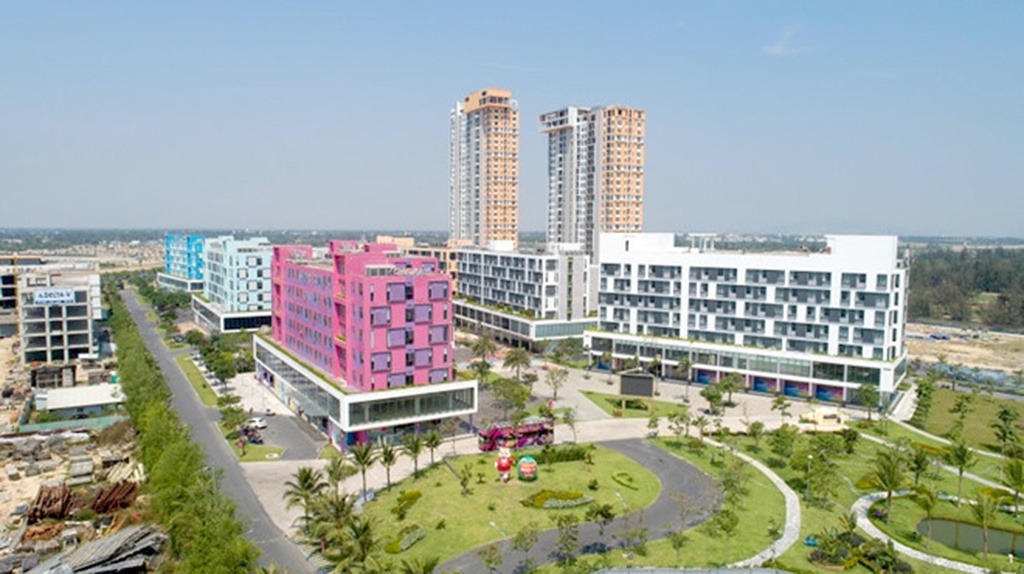The legal framework of resort real estate has flaws
According to Mr. Dang Hung Vo, former Deputy Minister of Natural Resources and Environment, a lack of legislative corridors and investor disengagement have resulted in the uncertain growth of a new tourism and resort real estate sector.

The collapse of the Cocobay mega-project marked the beginning of a gloomy phase for resort real estate.
According to Mr. Dang Hung Vo, the traditional model of tourism and resort real estate entails investment in a hotel, resort, or entertainment property for investors to run and exploit. The new tourism and resort real estate concept entails a project that may serve many uses (multi-purpose), and project investors can sell individual real estate units to individual investors (secondary investors).
The previous model of tourist and resort real estate, according to the expert, already has a comprehensive legal framework in the 2013 Land Law and the 2014 Real Estate Business Law, but the new model of tourism and resort real estate lacks the appropriate legal foundation.
In a multi-story structure with multiple real estate units, for example, some may be utilized for industrial production, others for business and services, and yet others for residential uses. As a result, the property in this scenario would be classified as residential land, production land, or commercial land.
Mr. Vo wonders if present regulations only enable residential building projects to be sold using the housing sales method developed in the future, or if multi-purpose projects can sell real estate units produced in the future.
Mr. Vo said the new model of tourism and resort real estate would be fast expanding in the absence of a legislative framework to serve as a foundation or basis for project development. The sole foundation for development is a hazy oral agreement between provincial officials and project investors, as well as an agreement between project investors and individual investors who have acquired real estate units.
The real-world polls show thay the only way to profit from the new model of tourism and resort real estate is for individual investors to entrust the project investors to exploit and profit as promised. Projects that aim to attract more private investors must guarantee growing earnings.

The billion-dollar Cocobay project, now abandoned, has caused wastage.
Profits from resort real estate investments were expected to range from 8% to 15% per year. Even the stated 8% annual profit will be tough to achieve in the first few years of operation.
"When this investment trend strengthens, project investors frequently benefit from selling the real estate units formed in the future of this project to cover the profits from the previous project's operation." When the new model of tourist and resort real estate displays weaknesses and eventually loses liquidity, private investors abandon the industry," Mr. Vo explained.
Mr. Dang Hung Vo also referenced the collapse of the Cocobay mega-project as the first example of investment in the new tourism and resort real estate paradigm. As a result, several additional projects faced illiquidity and could no longer proceed.
"All of these realities have contributed to the shaky development of the new tourism and resort real estate market model." However, the globe subsequently fell victim to the tragedy of COVID-19, which froze the tourism industry and, as a result, the investment market in tourism and resort real estate. When the epidemic is over, the same problems reemerge, and there is still no suitable legislative framework in place to give a platform for growth," Mr. Vo said.








